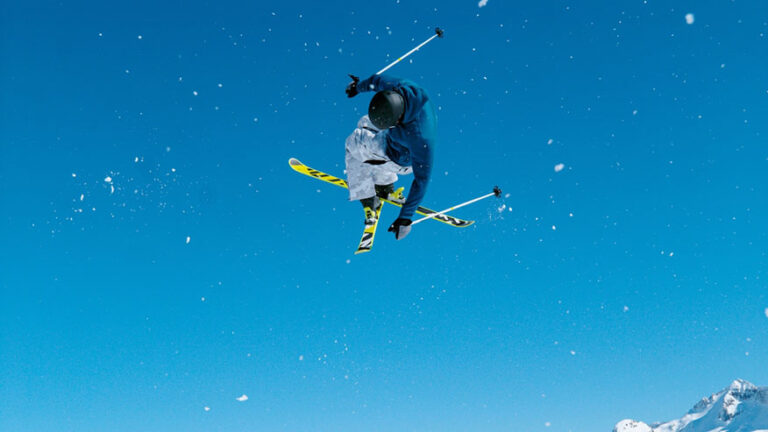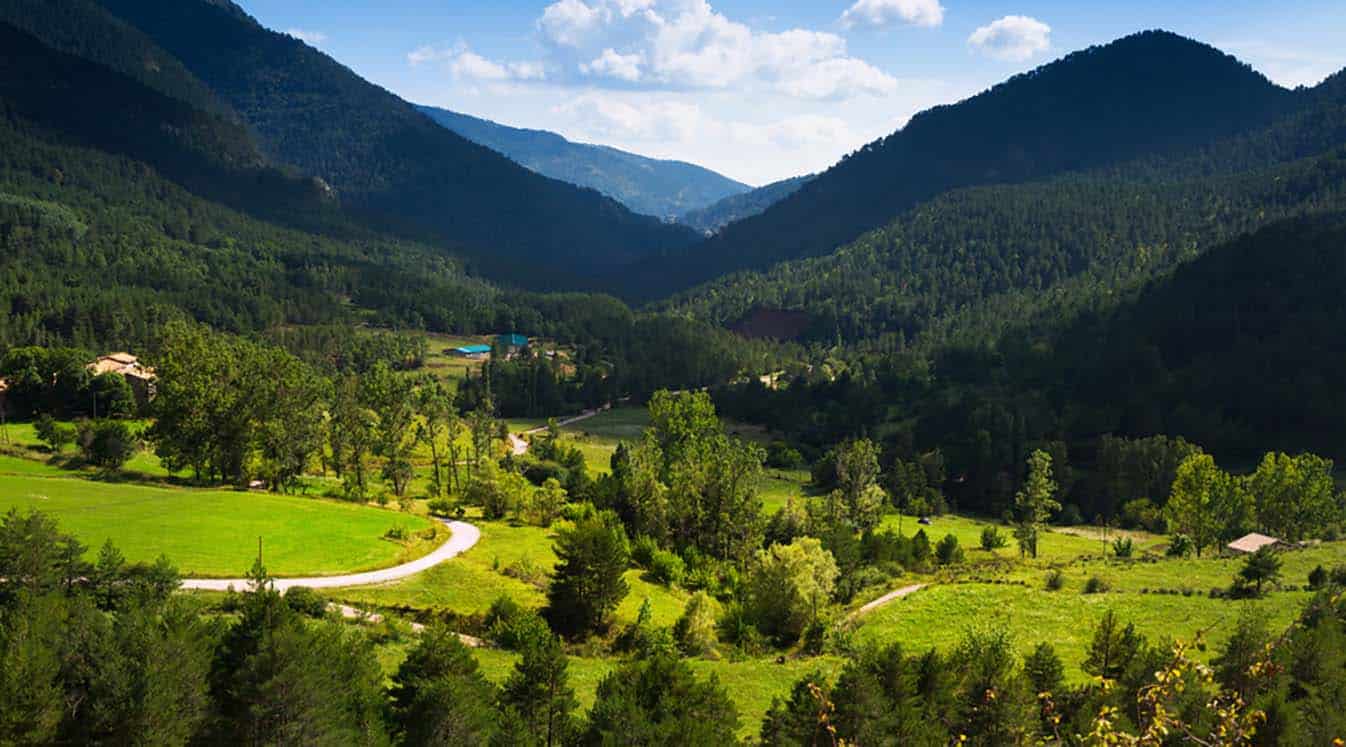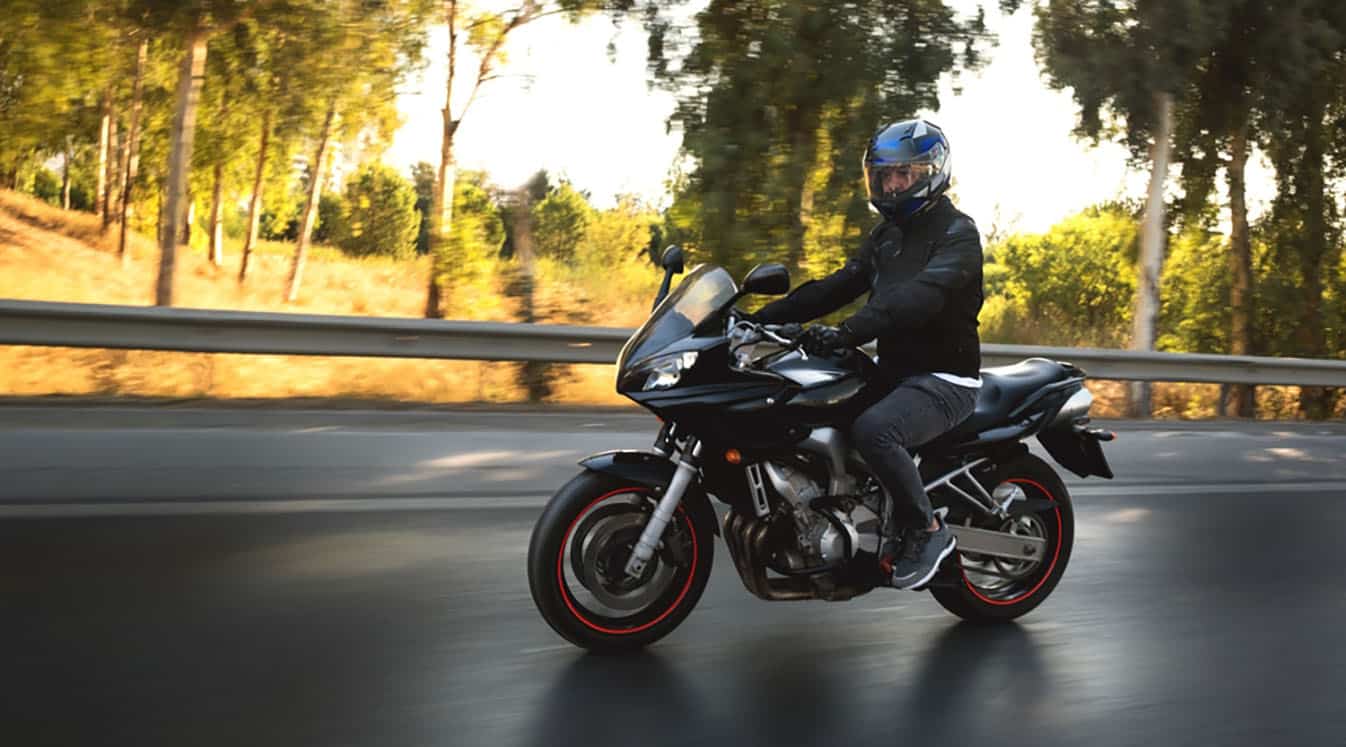There’s more than one way to have fun on a pair of skis. You’ve probably seen riders cruising by on the trail doing all kinds of tricks and stunts. Others keep away from the mountain altogether, preferring the quiet isolation of roads less traveled.
If you prefer to be in a group setting, use the Cardo Packtalk Outdoor to communicate with your companion wirelessly as you navigate the terrain. Just speak into the device to pick up the conversation from where you left off.
Whether you ski with friends or hit the backcountry solo, skiing falls into one of several categories, each representing a different sport or activity. Learn about the eight types of skiing and how they compare to find the right thrill level for your next winter adventure.
Stay Connected with Ski Helmet Communication from Cardo
The Eight Types of Skiing
1. Downhill Skiing
Maneuvering down the side of a mountain on a pair of sleek boards is what most of us imagine when we hear the word “skiing.” Downhill skiing is the most popular variation of the sport. It is also the fastest way to travel compared to other types of skiing.
The mechanical lift takes you to the top of the mountain. You then lean forward as you glide down to the bottom, avoiding obstacles along the way. Most resorts have clear, well-maintained downhill trails that make it easy to get where you’re going. You’ll need rigid skis with sloped edges and fixed bindings to control the descent. Keep your feet parallel as you turn with your pole elevated unless you need to come to a sudden halt. You’ll find long lines at some resorts with different age groups and experience levels.
2. Cross-Country Skiing
Ready for a workout? Cross-country skiing is done on flat trails, usually in remote areas. You won’t have gravity to propel you forward. Instead, you push through the snow using your poles and leg muscles. You also don’t have to go to a ski resort. Many people enjoy this activity close to home. With fewer crowds, it’s a great way to experience the solitude of nature.
 Source: Parilov/Shutterstock.com
Source: Parilov/Shutterstock.com
There are two types of cross-country skiing: Classic skiing is when your boards slide back and forth against the ground, and short skiing is done with shorter boards that you kick up in the air to move forward. Both forms can burn up to 472 calories an hour, over a hundred more than downhill skiing.
3. Backcountry Skiing
This variation encompasses any skiing done outside a manicured trail. Instead of following a set path, you and your companions will carve your own way through the wilderness. You can ride the lift to the top of the mountain and ski off-trail to the bottom or use hiking and climbing gear to forge your way to the top before finding your way back down.
Use the proper gear to navigate the terrain safely. Learn about the required backcountry ski gear to prepare for the unpredictable.
Read Our Guide on Backcountry Ski Essentials
4. Alpine Touring
Alpine touring is the complete backcountry experience. You use hybrid fixed and free-heel skis, switching seamlessly between the two. Hike up the mountain with climbing skins and your feet untethered. When you reach the top, bind your feet to the skis before descending.
5. Telemark Skiing
Telemark skiing can be done on or off the trail, depending on your preference. With your heels locked to the skis, you use a lunging motion with your knees bent to turn where you want to go. One leg sticks out, guiding the skis to the left or right.
6. Ski Mountaineering
If you love the thrill of ice or rock climbing, ski mountaineering will put your skills to the test. With your skis slung over your shoulder, you use an ice axe, rope, anchors and other climbing essentials to hike to the top before descending on skis. The challenge makes the downhill trip all the more exhilarating.
 Source: Flystock/Shutterstock.com
Source: Flystock/Shutterstock.com
7. Freestyle Skiing
Traditionally mixed with downhill skiing, freestyling involves jumps, tricks and other aerial maneuvers. You can use half-pipes or spring off the side of a hill or cliff to get some air. The price of failure can be steep. Wear knee, shoulder and elbow pads under your gear to reduce your risk of serious injury.
8. Adaptive Skiing
The final category is designed for the differently abled community. Individuals with physical limitations use special ski equipment to enjoy downhill, cross-country or backcountry skiing.
Which Method Will You Try?
Every type of skiing has something special to offer. Try all the different methods to enhance your knowledge of the sport while exploring areas that aren’t on the map. Use the proper ski equipment to stay safe wherever the trail takes you.









